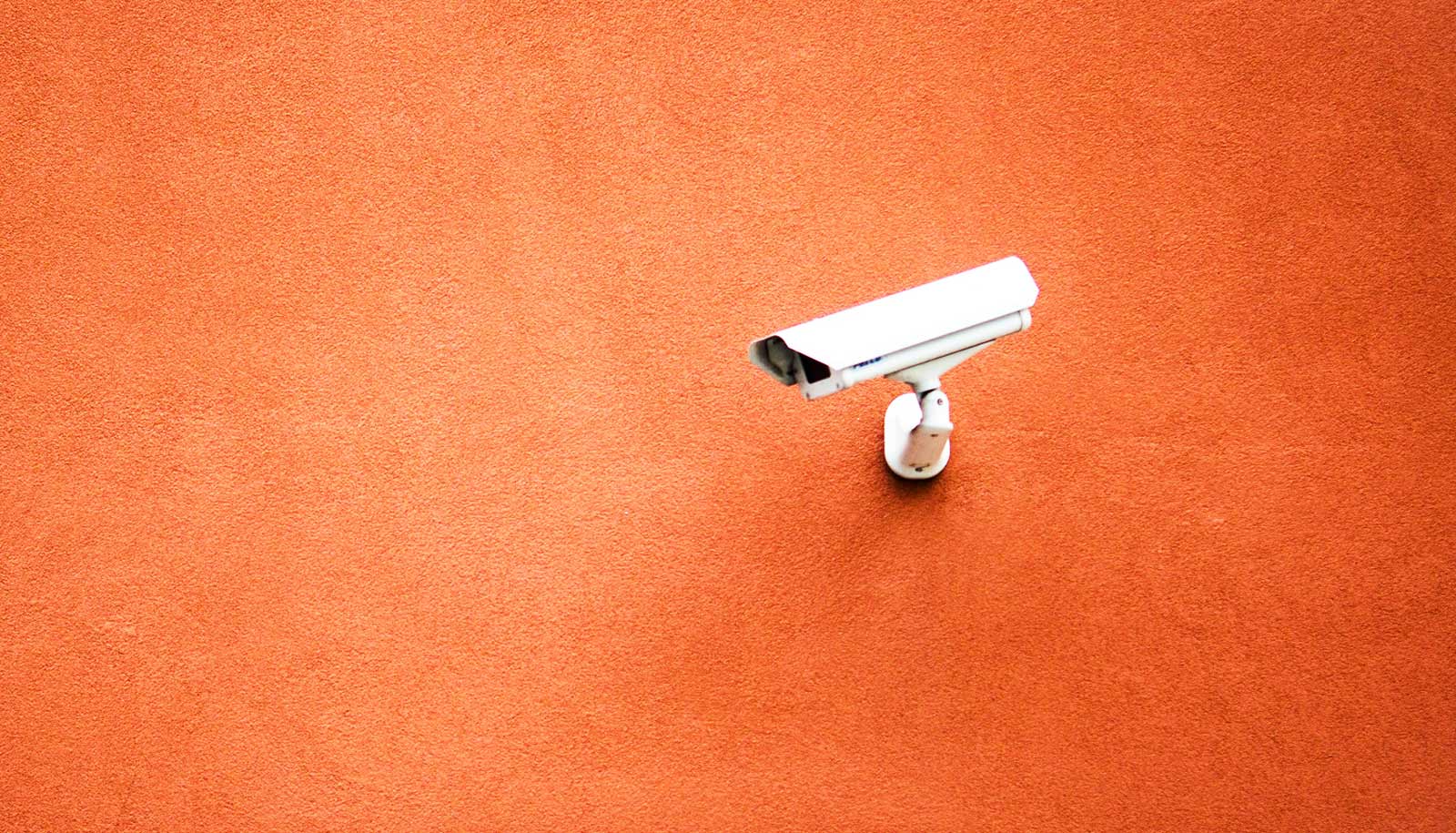Security cameras in nursing homes aim to protect residents, but new research suggests they come with a variety of legal and moral ethics issues.
With reports of crimes against nursing home residents gaining media attention around the country, it’s understandable that families would want to protect their loved one and attempt to establish accountability for care, says Clara Berridge, an assistant professor of social work at the University of Washington.
“The use of cameras in resident rooms is so common that some states have passed laws to help families and facilities navigate the legal issues. But it’s not just a gray zone for law. Lots of ethical issues are at play, and it raises the question of privacy’s role in our lives.”
Keeping watch
At least 10 percent of Americans ages 60 and older are believed to have suffered some form of elder abuse, whether physical, sexual, or psychological, or in the form of financial mismanagement or a deprivation of resources such as food or medication. Further, it’s believed that cases are under-reported, making the 10 percent figure a low estimate.
While relatives commit most of the abuse, the high-profile nature of crimes that facility staff commit against nursing home residents can alarm anyone whose loved one is in residential care. This is especially true for families of people with forms of dementia, because those residents are less likely to be able to accurately report abuse.
So far, seven states, including Washington, have passed laws that allow placement of surveillance cameras in the rooms of nursing home residents. In a paper in the Elder Law Journal, Berridge and coauthors analyze each state’s law and conclude that for each law, privacy concerns remain.
For another study, which appears in AJOB Empirical Bioethics, Berridge distributed an online survey through the Center for Gerontology and Healthcare Research at Brown University to nursing homes and assisted living facilities.
Privacy and dignity
More than 270 facilities from 39 states responded to the anonymous survey, which included specific and open-ended questions about policies and use of surveillance cameras. Of the caregiving facilities that responded, some 11 percent had initiated use of cameras on their premises.
The majority of respondents cited privacy and dignity of residents as key disadvantages to cameras.
By their very nature, surveillance cameras record all of the activity in a room, including personal moments such as hygiene or dressing. From a crime-prevention perspective, those are times when a resident is most vulnerable, but from a privacy perspective, the resident may not want such footage recorded, let alone viewed.
Can roommates consent?
Tied to questions about privacy is the issue of consent, Berridge says—not only whether the resident has the capacity to consent to monitoring, but also, in the case of two-person rooms, whether the roommate can consent.
“Most nursing home residents have a roommate. Protecting their privacy when a camera is in the room would be very difficult in practice, especially if the camera picks up audio,” Berridge says. “We found that the real-life constraints on opportunities to selectively move or cover a camera in a given situation are not acknowledged in the state laws. These are chronically understaffed settings.”
A less-cited—and often overlooked—issue is the legal responsibility the camera owner has for the security of the feed, Berridge says. Installing a camera without establishing a secure portal can expose the resident (and a roommate) to hackers.
Survey respondents pointed to potential advantages of cameras, as well, particularly as deterrents to abuse, and as a way to inform facilities inform about individual residents’ needs and as a resource to help staff improve.
Focus on reform
Ultimately, while cameras may offer families some comfort, they aren’t the answer to preventing abuse, or a proxy for accountability, Berridge says.
Rather, focus should center on reform and increased funding for the long-term care system so that nursing homes and assisted living facilities are sufficiently staffed, with employees paid a living wage.
Berridge points to a “culture change” movement in long-term care that aims to deinstitutionalize nursing homes and make them more home-like. This movement involves practices to improve care quality, enhance person-centeredness, and empower staff.
The Borchard Foundation Center on Law and Aging funded the Elder Law Journal article. Berridge conducted the survey while a postdoctoral fellow at Brown University through a National Research Service Award from the Agency for Health Research and Quality.
Coauthors of the camera study are from the University of California, Berkeley, and Cornell University.
Source: University of Washington



